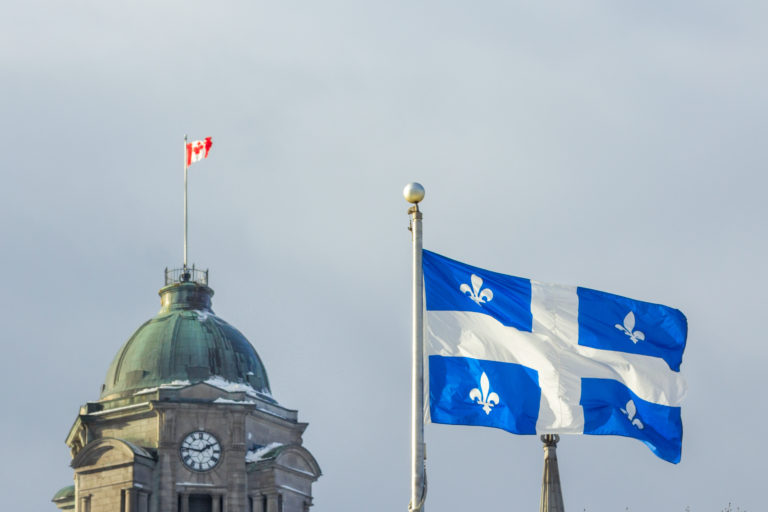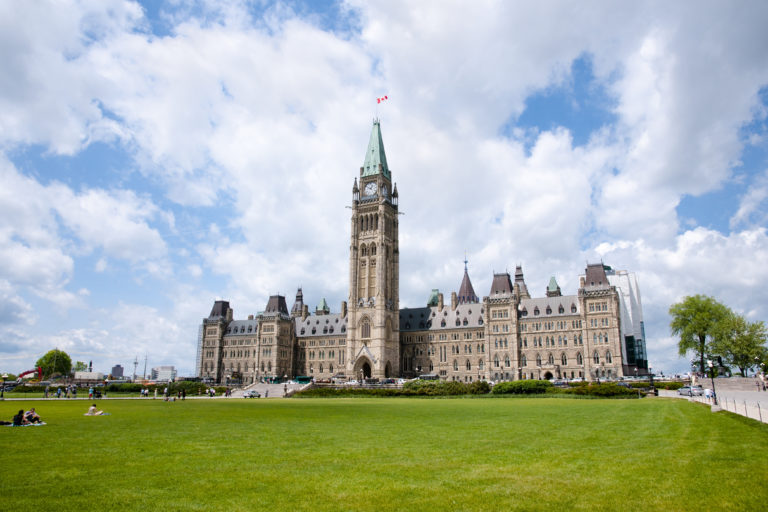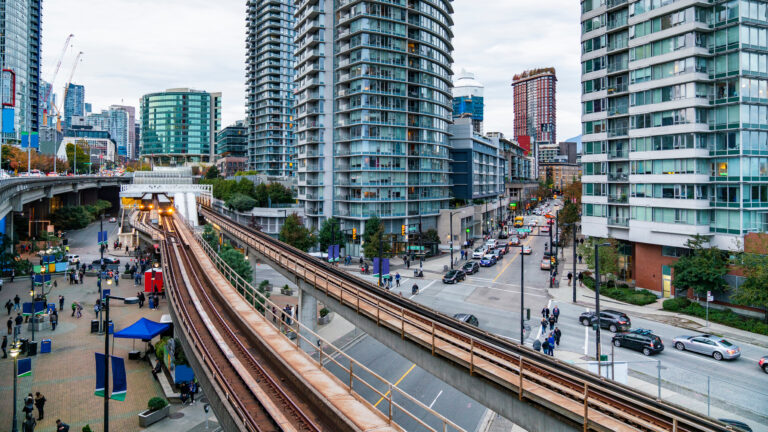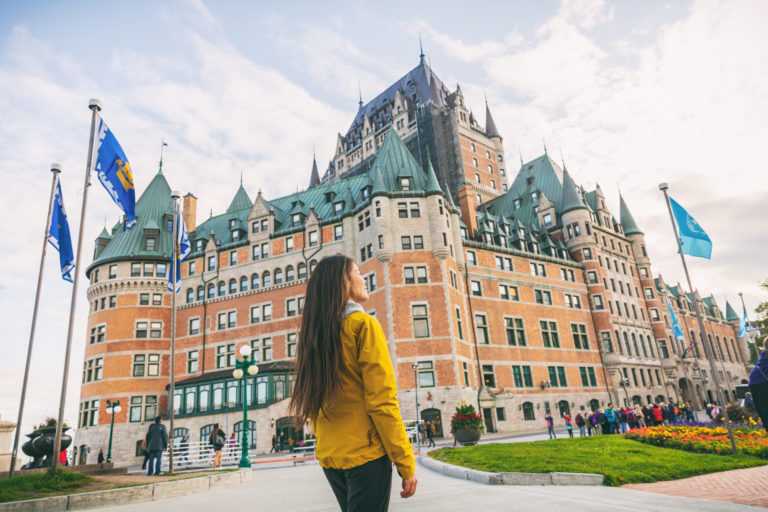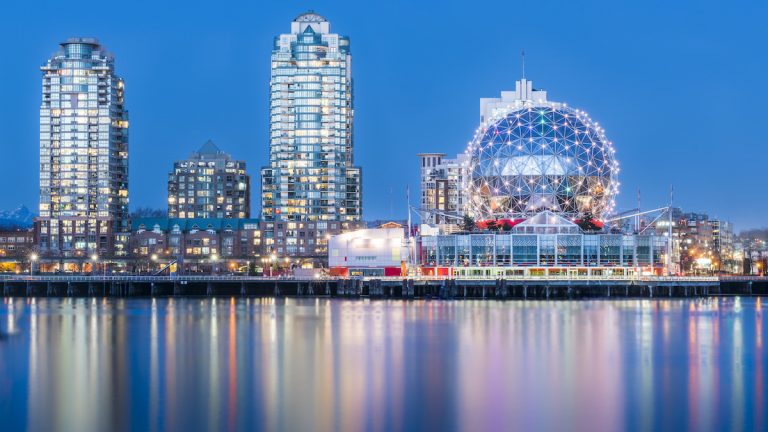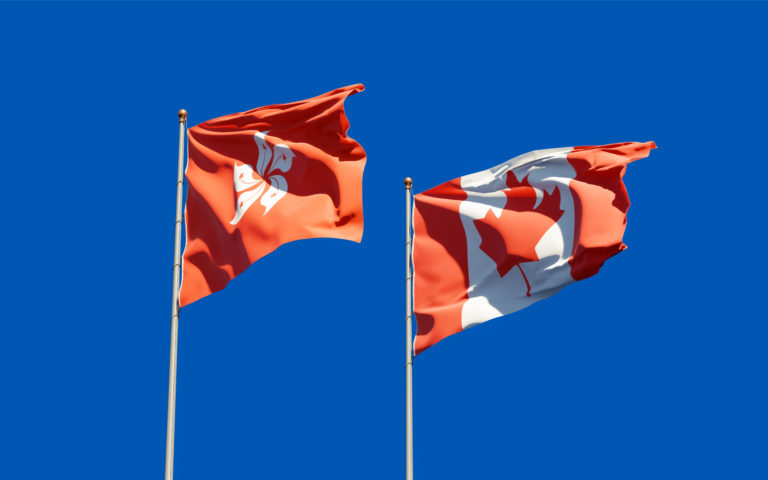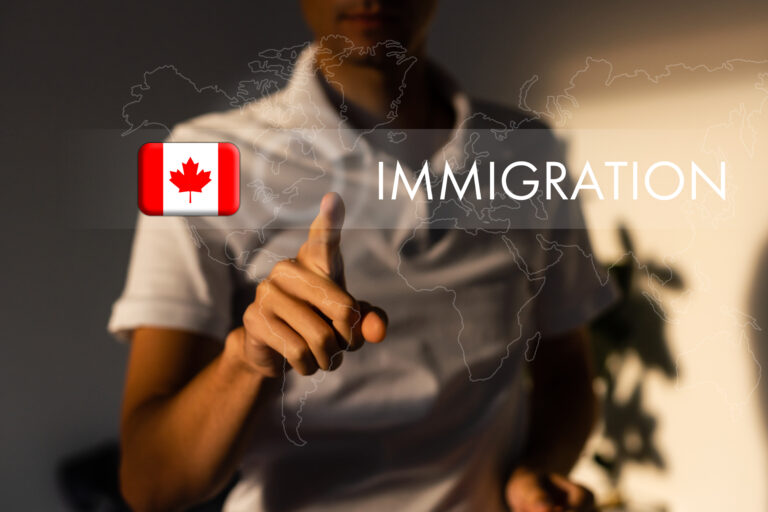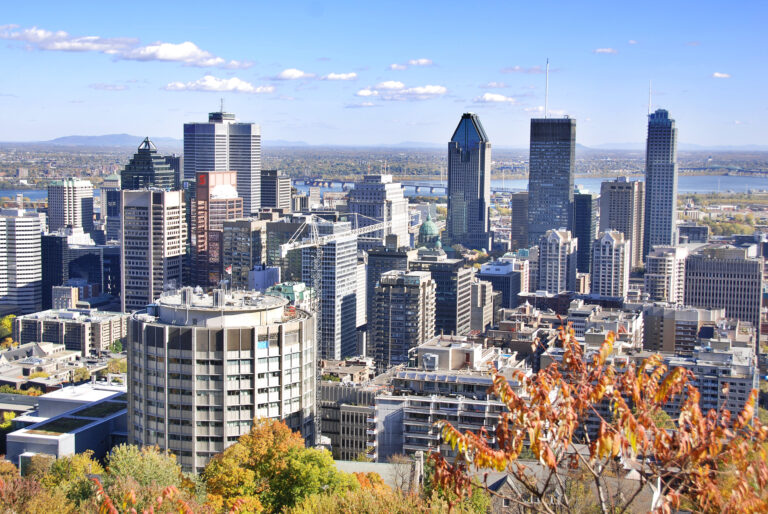Canada immigration news: A new draw through Quebec’s Arrima Expression of Interest system saw the province issue invitations to 30 Canada immigration candidates.
The May 5 draw targeted candidates with a job offer from an employer outside the Montreal metropolitan area. It did not require a minimum score in the Quebec Expression of Interest points system.
Candidates receiving an invitation have 60 days to submit a full application to the Quebec Skilled Worker Program.
Quebec Expression Of Interest Draws 2022
|
Date of invitations |
Invites Issued |
Minimum Score |
Date of extraction from Arrima bank |
|
May 5, 2022 |
30 |
– |
May 2, 2022 at 6.30am |
|
Apr 7, 2022 |
33 |
– |
April 3, 2022, 6.30am |
|
Mar 10, 2022 |
506 |
577 |
March 7, 2022 at 6.30am |
|
Feb 24, 2022 |
306 |
630 |
Feb 22, 2022 at 6.30am |
|
Feb 10, 2022 |
523 |
592 |
Feb 07, 2022 at 6.30am |
|
Jan 27, 2022 |
322 |
647 |
Jan 25, 2022 at 6.30am |
|
Jan 13, 2022 |
512 |
602 |
Jan 9, 2022 at 6.30am |
Read More Canada Immigration News
Quebec Set To Welcome Over 71,000 New Permanent Residents In 2022
New Quebec Action Plan Aims To Boost Immigration To Regions
Quebec Businesses Call For Immigration To Almost Double Amid Labour Shortage
Video
<iframe width=”560″ height=”315″ src=”https://www.youtube.com/embed/Oom8Q3RMNA0″ frameborder=”0″ allow=”accelerometer; autoplay; clipboard-write; encrypted-media; gyroscope; picture-in-picture” allowfullscreen></iframe>
How Does Quebec Expression of Interest Work?
- Candidates submit an online expression of interest profile via Arrima.
- Profiles enter into an Expression of Interest pool, where they are ranked against each other using a points system and are valid for 12-months.
- The highest-ranking candidates are invited to apply for a Quebec Certificate of Selection under the Quebec Skilled Worker Program via periodic draws.
- Candidates receiving an invitation have 60 days to submit a full application.
- Approved candidates who receive a nomination certificate (CSQ) may then apply to the federal government for Canadian permanent residence.
Quebec Expression of Interest Points System
The Quebec Expression of Interest points system is used to rank profiles submitted via Arrima to the Expression of Interest bank, with the highest-ranked profiles invited to apply for Quebec immigration under the Quebec Skilled Worker Program.
Candidates and their spouse or common-law partner can score up to 1,320 points based on human capital and Quebec labour market factors.
What Are the Requirements for Quebec Expression of Interest?
The Quebec Expression of Interest points system involves points in two categories, with some including points for the spouse of common law partner of the principal candidate.
- Human capital factors:
- French language ability.
- French and English combined.
- Age.
- Work experience.
- Education.
- Quebec labour market factors:
- Work experience in a field with a labour shortage.
- Qualifications in one of Quebec’s areas of training.
- Level of Quebec education.
- Professional experience in Quebec.
- Professional experience in the rest of Canada.
- Job offer inside or outside Greater Montreal.
Quebec publishes lists of High Demand Occupations and Areas of Training that weigh considerably in the assessment.

